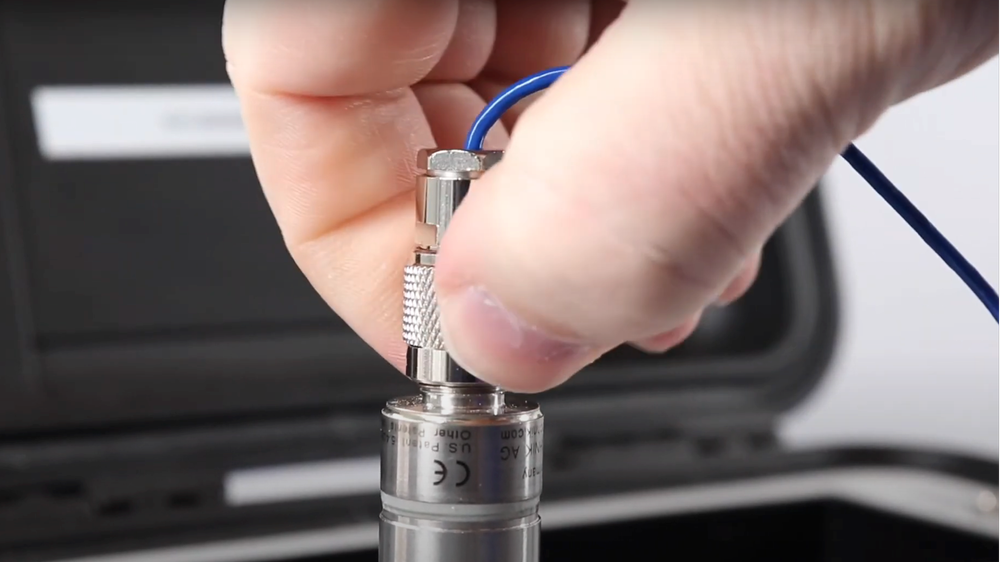
Best Way to Monitor Vibrations with an Accelerometer
Accelerometers are powerful tools that can be used to monitor vibrations in various applications. From structural health monitoring to predictive maintenance, accelerometers play a crucial role in detecting and analyzing vibrations. In this article, we will discuss the best way to monitor vibrations with an accelerometer to ensure accurate and reliable data.
When it comes to monitoring vibrations, there are several factors to consider to achieve optimal results. Here are some tips on how to effectively use an accelerometer for vibration monitoring:
Choose the Right Accelerometer
Choosing the right accelerometer is essential for accurate vibration monitoring. Consider factors such as the frequency range, sensitivity, and mounting options when selecting an accelerometer for your application. Make sure to choose an accelerometer that is suitable for the vibration levels and conditions in which it will be used.
Proper Sensor Placement
The placement of the accelerometer sensor is critical for obtaining reliable vibration data. Ensure that the sensor is mounted securely on the surface of the equipment or structure being monitored. Avoid mounting the sensor near sources of electromagnetic interference or in areas prone to high temperatures or humidity.
Calibration and Testing
Before using the accelerometer for vibration monitoring, it is important to calibrate the sensor and conduct thorough testing. Calibration ensures that the accelerometer provides accurate measurements, while testing helps to identify any potential issues or errors in the data collection process. Regular calibration and testing are essential for maintaining the accuracy of vibration monitoring systems.
Data Analysis and Interpretation
Once the accelerometer has been properly installed and calibrated, it is crucial to analyze and interpret the vibration data collected. Use software tools to process and visualize the data, identify patterns and trends, and make informed decisions based on the analysis. Regularly review and analyze vibration data to detect any changes or anomalies that may indicate potential issues with the equipment or structure.
Integration with Maintenance Systems
Integrating accelerometer data with maintenance systems can help streamline the maintenance process and improve operational efficiency. By combining vibration data with other maintenance data, such as equipment usage and environmental conditions, you can develop predictive maintenance strategies that help prevent downtime and reduce maintenance costs. Ensure that the vibration monitoring system is compatible with your existing maintenance systems for seamless integration.
Continuous Monitoring and Maintenance
Effective vibration monitoring requires continuous monitoring and maintenance of the accelerometer system. Regularly inspect the sensor for any signs of damage or wear, and replace any damaged components as needed. Conduct routine checks to ensure that the accelerometer is functioning correctly and that the data collected remains accurate and reliable. By maintaining the accelerometer system, you can prolong its lifespan and ensure consistent performance for vibration monitoring.
Overall, the best way to monitor vibrations with an accelerometer is to choose the right sensor, properly install and calibrate it, analyze and interpret the data, integrate it with maintenance systems, and maintain the system for optimal performance. By following these tips, you can effectively monitor vibrations and ensure the safety and reliability of your equipment and structures.
Was this helpful?
0 / 0